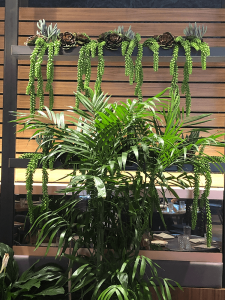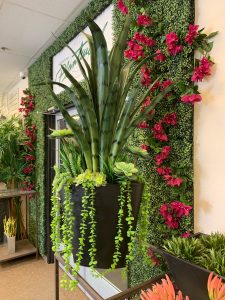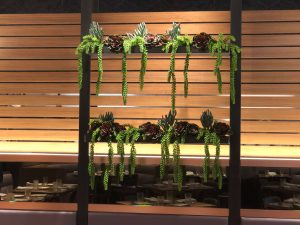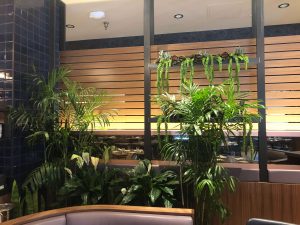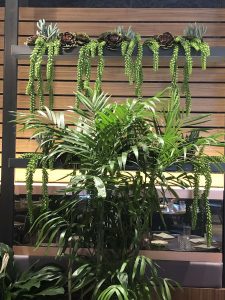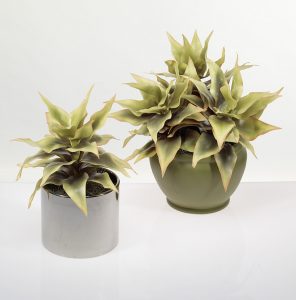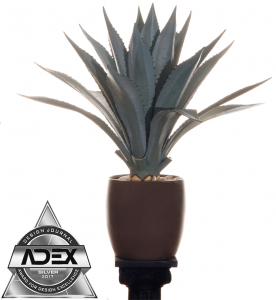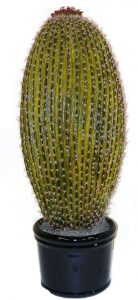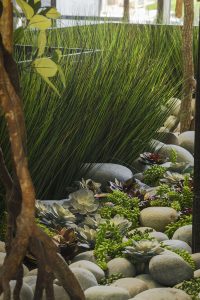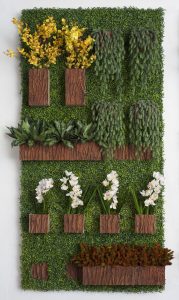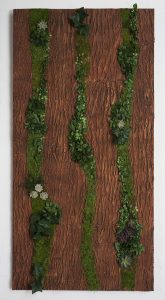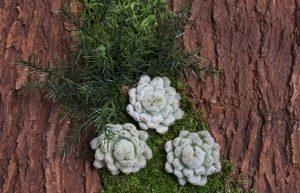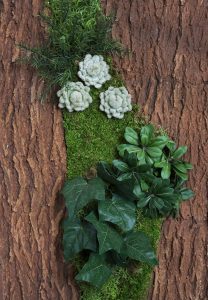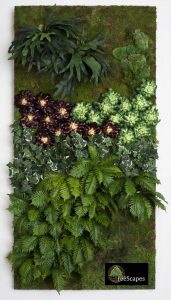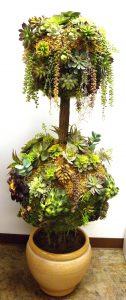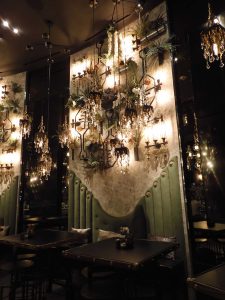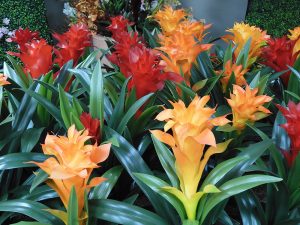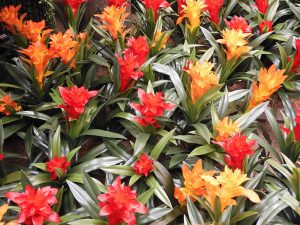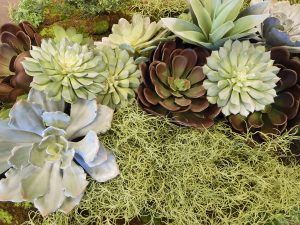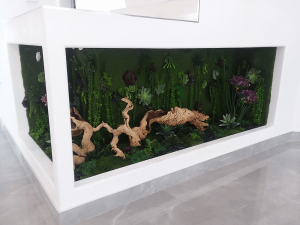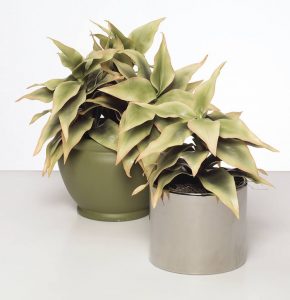Faux Succulents Vs Living Succulents
Faux succulents are a popular new design option, but some wonder why real succulents aren’t sufficient. They’re fairly hardy plants that don’t require a huge amount of upkeep, however, they can also be sensitive and temperamental. Faux succulents (also known as replica succulents or fake succulents) don’t have any of these problems!
Succulents are generally a good choice for those seeking a low-maintenance, affordable plants that can live indoors. They store their water, so they can survive and thrive in warm, dry, indoor climates. The flip side of this advantage is that they’re very sensitive to overwatering, and people tend to overestimate how much water they actually need.
Too much water can result in a soggy, moldy, succulent. Leaves may become soft, mushy, limp, yellowed, or shriveled. This detracts from their natural beauty, reduces any environmental benefits that come from having live plants, and can be a pain to remedy.
Another complication is that too little water can cause many of the same issues described above. Sometimes it’s difficult to tell if over or under watering is to blame for a withered or yellowed succulent. Furthermore, those same results can occur from lack of nutrients in the soil. Repotting every year or two is necessary to keep a succulent happy and healthy.
Succulents need sunlight to grow, but sun can also be their worst enemy. If there isn’t enough exposure to natural light, a succulent might die or have stunted growth. Confusion can occur when they need more sunshine, because some succulents respond by stretching towards the sun. It may look like they’re growing well, but in reality the plant is getting weaker.
Now for the next possible issue – too much sunlight. As with water, succulents need just the right amount of sun exposure to become strong and mature. Their leaves can develop brown sunburned spots, which are unsightly, and indicate an unhealthy plant. Beyond that, leaves can fall off if the succulent is exposed to too much heat. Is it any surprise that over-watering can also cause the leaves to fall off?
The biggest difficulty with succulents is diagnosing and remedying what ails them. This is compounded by the fact that they are notoriously sensitive to any changes in their environment, and may react poorly to being relocated or repotted. Succulents are easily shocked and gardeners must introduce changes slowly to ensure that the plant doesn’t decline in response.
Faux succulents offer another advantage that many designers and enthusiasts appreciate: consistency of colors. There are many beautifully hued succulents of all shapes and sizes, but no guarantee that your plant will grow to have the exact color or pattern you expect. Faux succulents give you the choice to specify every little detail, creating an ideal arrangement that stays attractive and “healthy” all year long.
Of course, there’s no need to water faux plants, and therefore no risk of over or under watering. Your fake succulent will not drown or go through a drought, even if you ignore them for months at a time. They also won’t develop sunburned spots, change shape, or yellow like natural succulents often do.
If you’re interested in artificial succulents, check out our gallery of replica succulent images below. We’ve also included images of some plants that are often paired with succulents, like hostas and ferns. Use these pictures as inspiration for your own garden, green wall, or tabletop decor!
